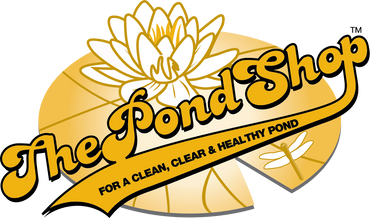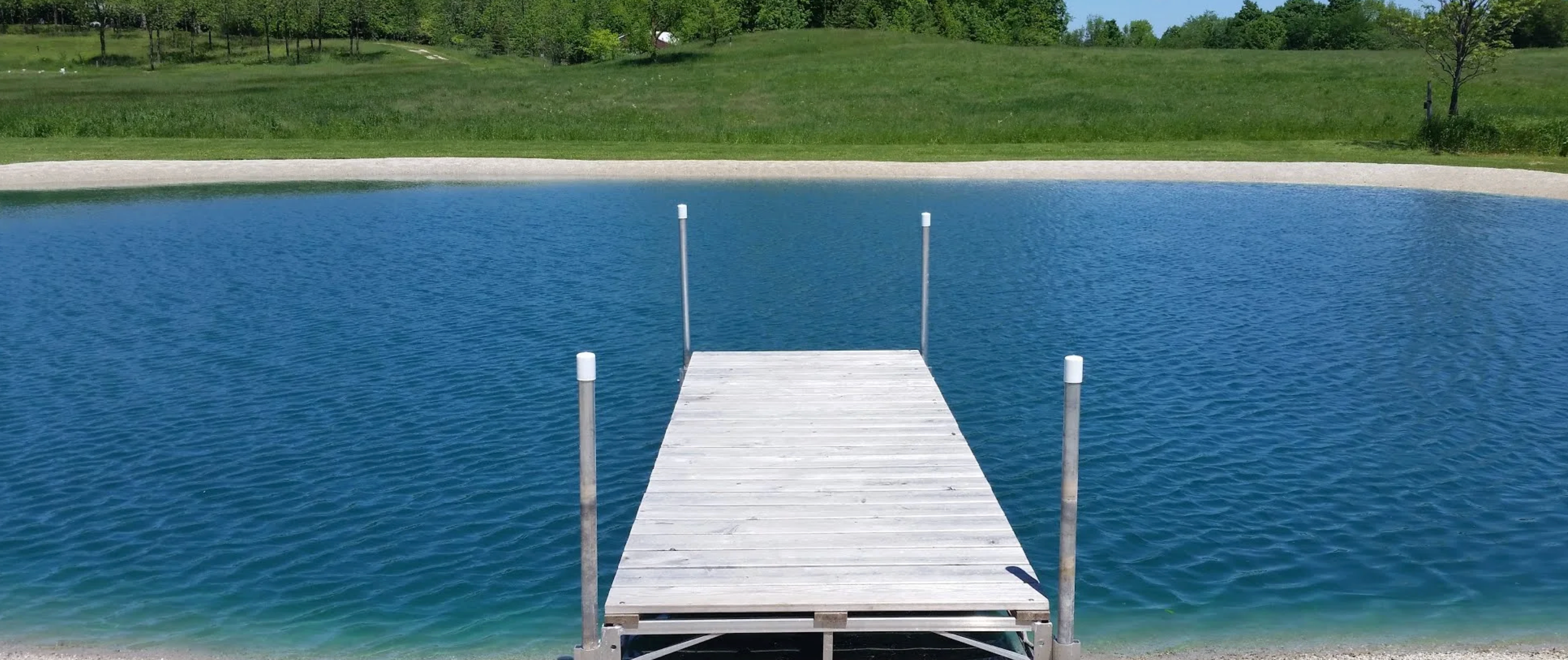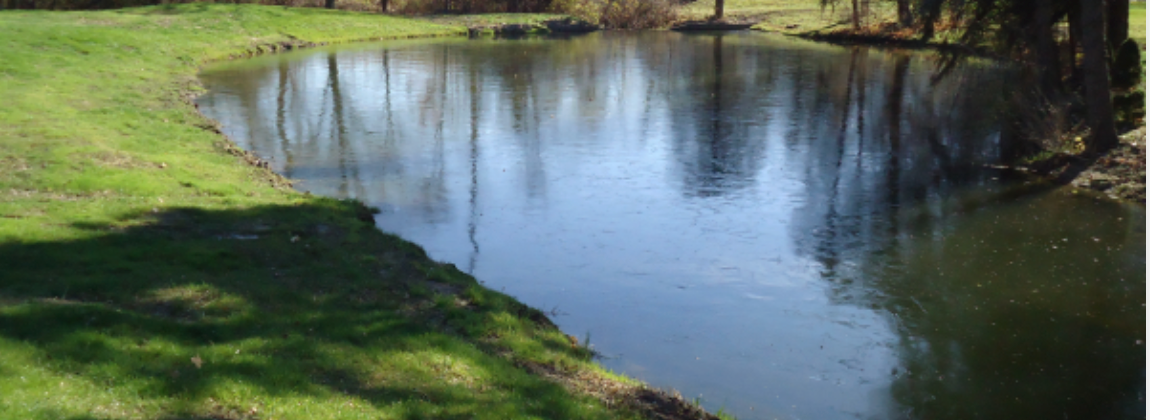As the days grow warmer and the first signs of spring begin to bloom, pond owners often face an unwelcome sight: algae. While some algae are normal and even beneficial, an overgrowth can quickly turn your beautiful pond into a murky, green mess. Understanding how to manage algae in the springtime will help keep your pond clean, balanced, and healthy.
Why Algae Blooms Happen in Spring
Spring brings longer days and warmer temperatures, creating the perfect conditions for algae growth. Nutrients like nitrogen and phosphorus, often left over from decomposing leaves or organic matter from fall and winter, fuel the rapid spread of algae. Additionally, increased sunlight and rainwater runoff can further spike nutrient levels, leading to those unwanted green blooms.
Preventing Algae Overgrowth
The best way to control algae is through prevention. Here are some steps you can take:
-
Remove Debris: Clear out any fallen leaves, dead plants, or other organic material from your pond. This reduces the amount of nutrients available for algae to feed on.
-
Barley Straw: As barley straw decomposes, it releases compounds that inhibit algae growth.
- Add Plants: Aquatic plants like water lilies or submerged oxygenators compete with algae for nutrients and help shade the water, limiting sunlight exposure.
- Maintain Proper Filtration: Ensure your pond’s filtration system is in good working order to remove excess nutrients and keep the water circulating.
-
Limit Fish Feeding: Overfeeding fish can lead to excess waste, which increases nutrient levels in the water. Feed your fish only what they can consume in a few minutes.
-
Use Beneficial Bacteria: These natural treatments help break down organic waste and reduce nutrient buildup.
Controlling Existing Algae
If algae have already taken hold, don’t worry—there are still effective solutions:
-
Manual Removal: Use a pond skimmer net or rake to physically remove algae from the water’s surface.
-
Barley Straw: As barley straw decomposes, it releases compounds that inhibit algae growth.
-
Algaecides: Use chemical algaecide treatments when natural methods are not sufficient.
-
UV Clarifiers: UV Clarifiers use ultraviolet light to kill free-floating algae and keep water clear.
To keep algae in check all season long, make regular pond maintenance a habit. Test water quality regularly, keep filtration systems clean, and maintain a balance of plants and fish. By staying proactive, you can enjoy a clear, vibrant pond throughout the spring and beyond.
A little effort in early spring goes a long way toward creating a healthy, beautiful pond ecosystem. With the right care, you’ll spend more time enjoying your pond and less time battling algae.



